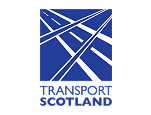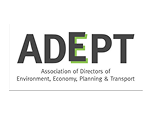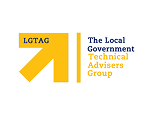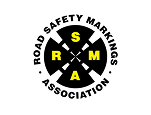A new communications guide for councillors has been released by industry experts to help local politicians understand and make the case for preventative maintenance on the network.
Produced by the Road Emulsion Association and written by the former head of communications at Kier, Natalie Geraghty, the guide provides a practical PR template for councillors, including core messages that can be used 'in conversations, newsletters, social media, or public meetings'.
Mark Stott, REA chair, said: 'Your local road network is your single largest asset and one of the most politically sensitive. This guide provides an easy-to-understand explanation of what preventative maintenance is, how it can be easily explained to stakeholders, and why it is a genuinely important tool in the box for cash-strapped councils.'
The guide helps councillors address issues such as why preventative road maintenance can save money and disruption, as well as what residents can expect before, during and after the works.
Perhaps most usefully, it gives a communication plan for each step of the preventative maintenance works across:
- Assessment & Surveying
- Planning & Programming
- Pre-treatment Works
- Main Treatment
- Sweeping & Settling
- Final Checks
For each phase, the guide gives simple details on 'what happens, purpose, suggested message, timing, communication focus and the media channels' that could have the most effect.
It also comes with a frequently asked questions section, including the typical: 'Why is the council resurfacing roads that look fine?' - a testament as to why councillors might have to explain that, though it may seem counter-intuitive at times, preventative asset management can be far cheaper and avoid disruption later on.
Richard Cartwright, business unit manager at Eurovia Specialist Treatments (EST), said: 'Preventative treatments such as surface dressing and microsurfacing deliver long-term value, but any civil planning and work requires public understanding and support.
'We welcome this REA guidance because we're committed to helping local authorities achieve sustainable, cost-effective asset management. The industry has an important role to play in helping councils plan effectively and make the most of limited budgets. We need to be seen not just as a delivery partner, but as a resource for knowledge, planning, and efficient network management.'
EST added that James Bailey, assistant director for highways at Staffordshire County Council and chair of the UK Roads Leadership Group's Roads Board, has suggested that around £50bn would be required nationally to address the growing disrepair across the network - much larger than the ALARM 2025 estimate of the backlog for carriageway repairs in England and Wales, which was put at almost £17bn.

























